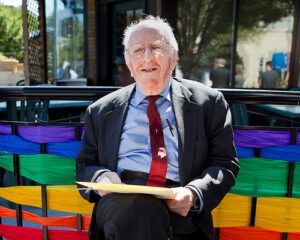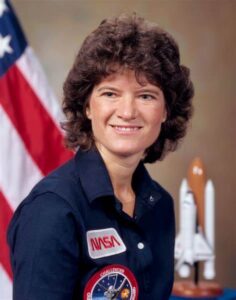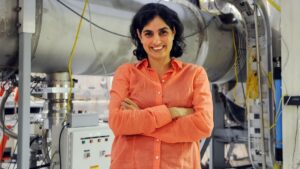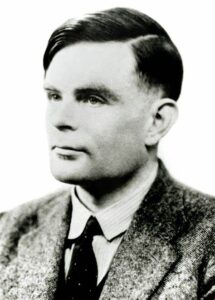“We intend to tolerate no slights, no disparaging innuendos, no jeers, no jibes or taunts, no disparaging remarks of any kind against homosexuality or against homosexuals. In a pluralistic society, we are entitled not only to our way of life but also to respect for it by our government as an equal to all other ways of life.”
– Frank Kameny
What is Pride Month?
Pride Month commemorates the Stonewall uprising of June 1969, when police raided the Stonewall Inn in New York City. This caused riots as the LGBTQ+ community fought against the prejudice and police brutality. The first Gay Pride Rally took place in London in June 1972 to mark the anniversary of Stonewall, and the rest is, well – history.
Pride has always been about showing the world the LGBTQ+ community and their allies stand together against prejudice. What started out as protests evolved into opportunities for LGBTQ+ communities and their allies to come together and celebrate. This year, there are over 200 Pride events being celebrated in the UK, 29 of which take place in June – including our very own Cardiff Pride/Pride Cymru on June 17th and 18th!
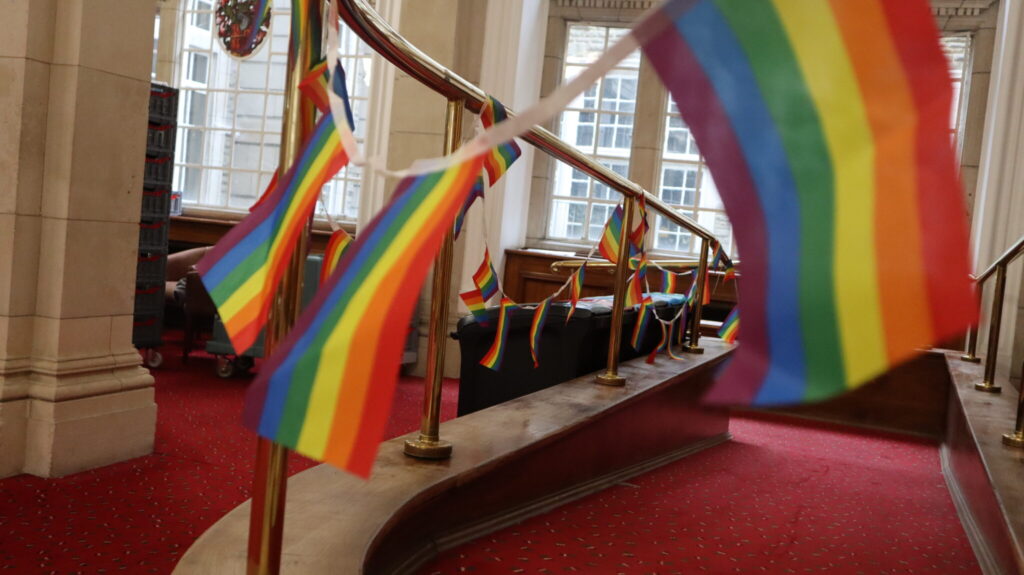
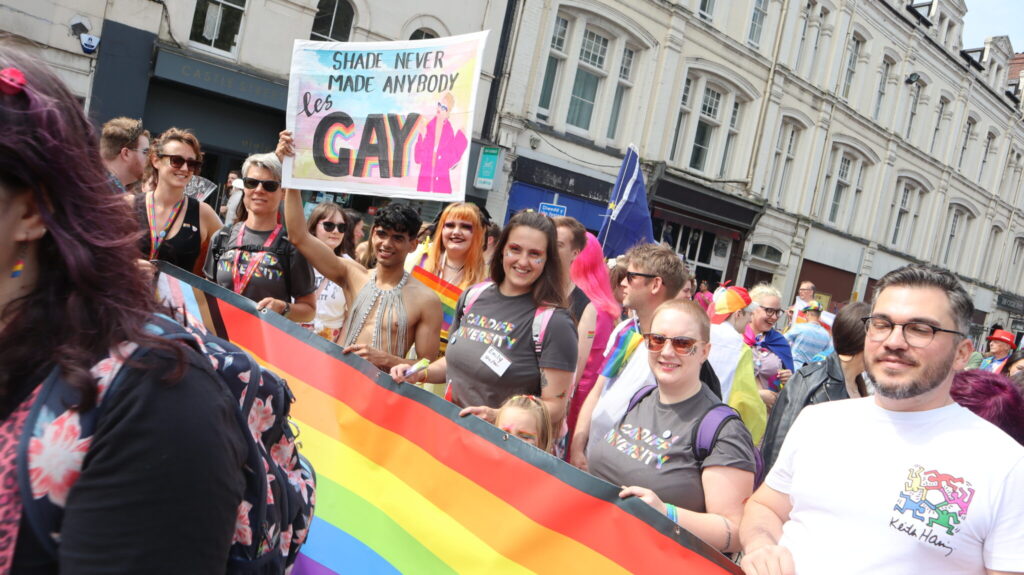
Why is Pride so important?
Pride is an opportunity to come together as a community and celebrate, but also to honour those who came before us and acknowledge those who are still suffering.
The 2021 UK Census allowed the LGBTQ+ community to be included in official censuses for the first time in 200 years. According to that census, there are more than 1.3 million people in the LGBTQ+ community – with Cardiff having one of the highest percentages of LGBTQ+ residents (5.3%)! The results show unequivocally that we are here, and we make up a vital part of the UK population. The inequalities and barriers faced by the LGBTQ+ community affects a significant number of people.
There is still a lot of work to do. In the last 5 years, the UK has gone from 4th in the Rainbow Europe Index to 15th. Some of the inequalities still faced in Wales include:
- Education: 43% of LGBTQ+ students have been bullied in school – this is 73% for transgender students
- Employment: 20% of LGBTQ+ employees have experienced discrimination in the workplace, with 35% of LGBTQ+ employees hiding that they were LGBTQ+ for fear of discrimination
- Housing: 24% of homeless young people are LGBTQ+
There have also been recent attempts to reform the Equality Act and remove essential transgender protection laws in 2023 – this is exactly why Pride continues to be vital despite the progress that has been made in the last 50 years.
STEM and Proud
Historically, LGBTQ+ people have faced difficulties in the workplace due to discrimination or dismissal – as a result, there are not many historical figures in STEM that were openly LGBTQ+. Even now, historical evidence of queer lives is hard to find due to the documentation of prejudiced historians in the past. To celebrate Pride in STEM, I’d like to showcase a few LGBTQ+ physicists (past and present) here:
- Astronomer Frank Kameny was fired from the US Army Map Service in 1957 during the “Lavender Scare”, a US-wide panic during which there were mass dismissals of homosexual employees from government service. As a result, he became a full-time campaigner for LGBTQ+ rights and one of the most significant figures in the American gay rights movement.
- Astronaut Sally Ride was the first American woman in space, and the youngest at 32. She was only revealed to be in the LGBTQ+ community after her death in 2012 when her lifetime partner, Tam O’Shaughnessy, announced they had been in a private relationship for 27 years.
- Nergis Mavalvala is an openly gay Pakistani-American astrophysicist who was on the team of scientists that first observed gravitational waves in 2015. She is also the first woman to be named Dean of Sciences at MIT in 2020!
- Mathematician and computer scientist Alan Turing is arguably one of the most famous LGBTQ+ scientists in history. He cracked the German enigma code during the Second World War and saved millions of lives, but sadly his work was covered up for a long time due to persecution of his sexuality. Whilst he wasn’t technically a physicist, I believe he deserves an honourable mention!
